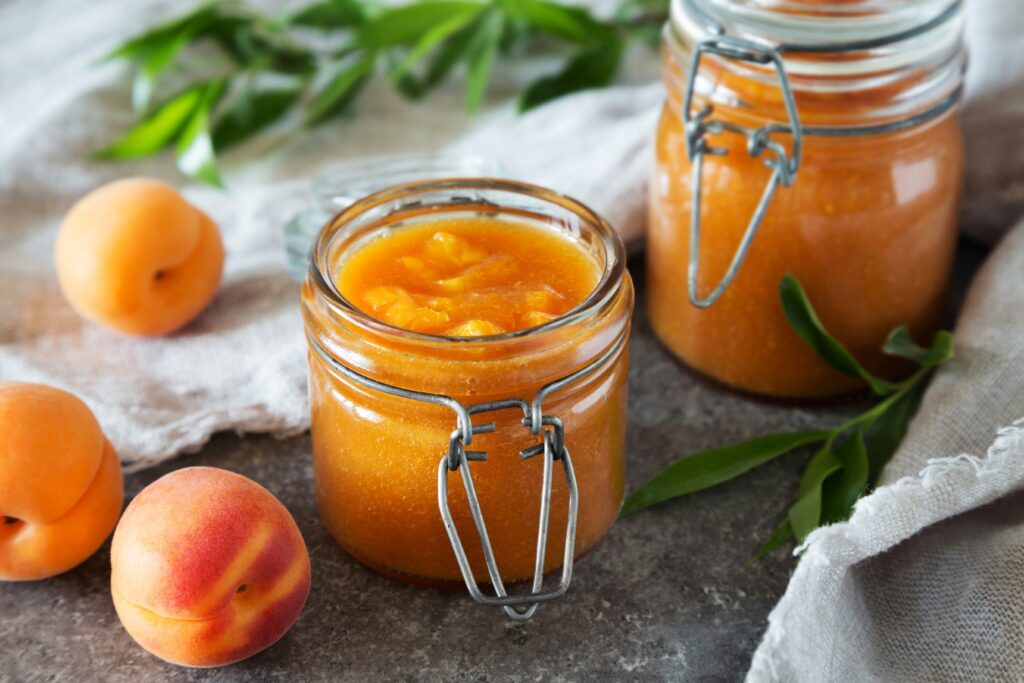AHS April Blog: Preparing for the Canning Season

The Department of Agricultural and Human Sciences (AHS) publishes a monthly blog written by students, alumni, and faculty sharing important topics and helpful resources related to the fields of agricultural, extension, and human science. In the April blog post, Candice Christian, Extension Associate and Safe Plates Home and Community Program Manager, discusses information and resources on how to begin your canning season.
It’s spring time! The start of the canning season is right around the corner. Are you prepared? There are a few tasks to do before you start canning your delicious strawberry jam or pressure canning your green beans from the garden.
This is the time to start checking all of your canning equipment. If you are planning to pressure can this year, make sure you have the dial gauge tested for accuracy. This is an important safety measure because a dial gauge that reads high can cause under-processing of low acid foods and may result in unsafe foods. If the dial gauge reads low this may cause over-processing and the quality of the food may suffer. Contact your local Extension office in your county so they can help test your canner. Extension agents will check to see if all canner parts are in good working order and notify you if the gasket needs to be replaced. The testing units at NC Cooperative Extension offices can test the following brands of canners: Presto, Maid of Honor, National, Magic Seal and Kook-Kwick. If you own an All American canner, please contact the manufacturer.

Once you have determined your canner is ready to go, take inventory of your canning jars, bands and lids at home. Check your jars for scratches, nicks and chips. If you see that any of your jars have defects, discard them. Two-piece metal canning lids and bands are currently recommended, despite others being on the market. Make sure bands are rust-free and undented. Bands may be reused if in good condition. Canning lids should only be used once, so make sure to buy new canning lids this season.
Finally once you have all of your equipment, you can start looking at tested recipes you’d like to use in this upcoming canning season. Below are a few recommended resources for canning.
Recommended Tested/Evidence-Based Recipe Sources:
- National Center for Home Food Preservation (NCHFP) – an online resource for safe home food preservation information that includes the recipes below, recipes from the USDA’s Complete Guide to Home Canning and other recipes that have been research-tested by the University of Georgia
- USDA’s Complete Guide to Home Canning – available online and in print, this guide provides research-tested recipes in addition to safe food preservation information (for the online version, see the link at the beginning of this page)
- So Easy to Preserve (UGA) – this book of research-tested recipes, many of which are also found on the NCHFP website
- The Ball Blue Book, 100th Anniversary Edition (Jarden, 2009/2010) – research-tested recipes by the popular canning jar brand, Ball
- Categories: